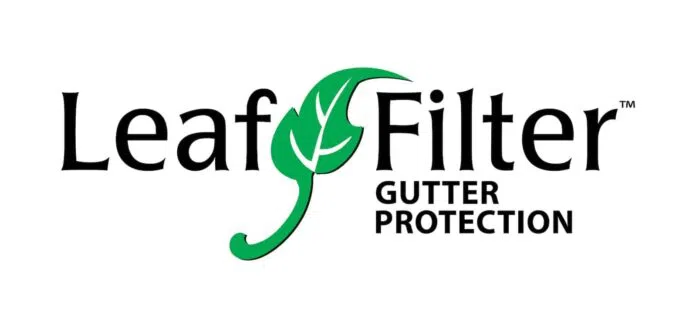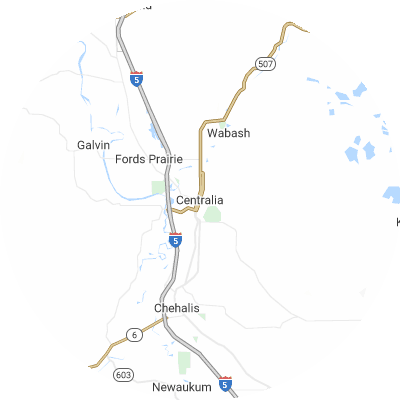Signs You May Need Gutter Guards
While gutter guards aren't always required, the symptoms of congested gutters are usually clear. Signs of ongoing gutter problems include:
- Frequent clogs that lead to overflow and water spilling over gutters
- Mold growth, peeling exterior paint, or interior water stains on walls near gutters.
- Soggy ground or visible erosion patterns around your house's foundation
- Visibly damaged, sagging, or misaligned gutters that no longer correctly direct rainwater
- Leaky joints or seams where water leaks out of gutters
How To Choose a Gutter Guard Installer
Assess Their Experience
Look for an experienced gutter guard installation provider that has been in business for several years and has installed a wide variety of guard types and models. These companies know how to properly take measurements and install gutter guards on your unique home setup. Inquire how long they’ve been in business and request local referrals.
Verify Proper Licensing and Insurance
Always verify professional gutter guard installers are licensed, bonded, and have workers compensation and general liability insurance. This protects you from liability for any injuries or accidents that could occur. Ask to see current licensing and insurance papers when communicating with potential providers.
Choose Reputable Brands
Look for companies that offer top gutter guard brands like LeafFilter and Gutter Helmet. Avoid companies that only install their own off-brands or generic no-name guards, which may not have undergone rigorous quality control testing.
Seek Custom Fit Services
For top performance, guards should be measured and cut on your property to fit your gutters. Select a company that specifically measures and trims guards for your home rather than using generic guards. Properly fitted guards minimize gaps where debris can get trapped.
Examine Warranties
High-quality gutter guard companies often offer 20-year or lifetime warranties that cover rust, clogs, leaks, and other defects. Before picking a provider, read over its warranty terms on materials and workmanship guarantees. Warranties are the best way to protect your gutter investment.
Check Reviews and Referrals
Be sure to check online reviews on Google Reviews, Yelp, the Better Business Bureau (BBB), and other review sites to see customer feedback. Ask neighbors which companies they recommend for quality local gutter guard installation. When researching, look for providers with a history of steady positive reviews rather than just a single recommendation.
Types of Gutter Guards
There are six typical gutter guard types. These include the following:
- Brush guards are just what they sound like: large brush bristles that sit in your gutters to let water through while blocking debris. On average, you can expect to pay $4.04 per linear foot for brush guards.
- Foam guards are light and easy to install. This type of guard catches debris on the foam and keeps it out of your gutter. Foam guards cost roughly $2.46 per linear foot.
- Screen guards have large holes that let water flow through while blocking debris. On average, you can expect to pay $4.20 per linear foot for screen guards.
- Mesh guards have smaller holes than screen guards and similarly catch debris while letting water filter through. These guards are durable and help debris slide off rather than sit on your gutters. On average, you can expect to pay $3.98 per linear foot for mesh guards.
- Micro-mesh guards have even smaller holes than mesh guards, letting even less debris through than mesh. They are extremely effective. On average, you can expect to pay $5.07 per linear foot for micro-mesh guards.
- Surface tension guards, also called reverse curve guards, use surface tension to let water flow into gutters while debris slides off. Typically, they can be seen from the ground. Surface tension guards cost around $3.10 per linear foot.













